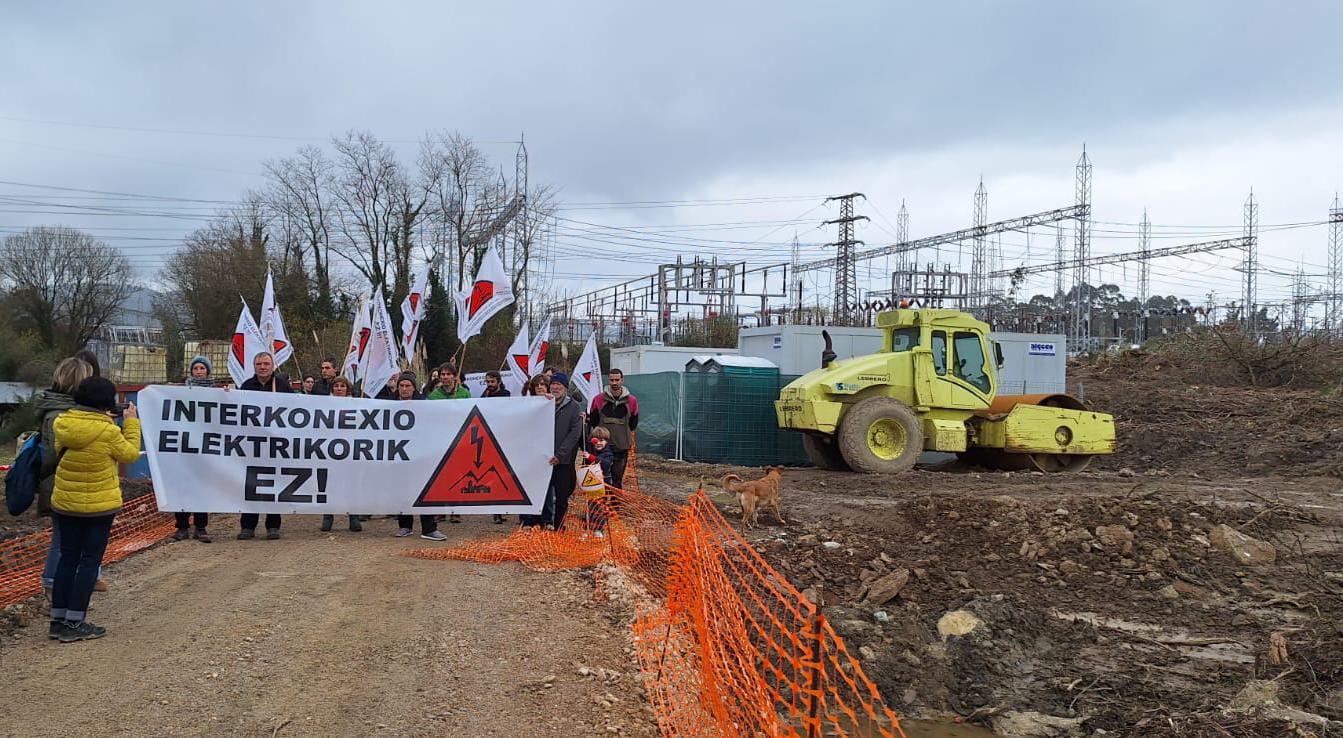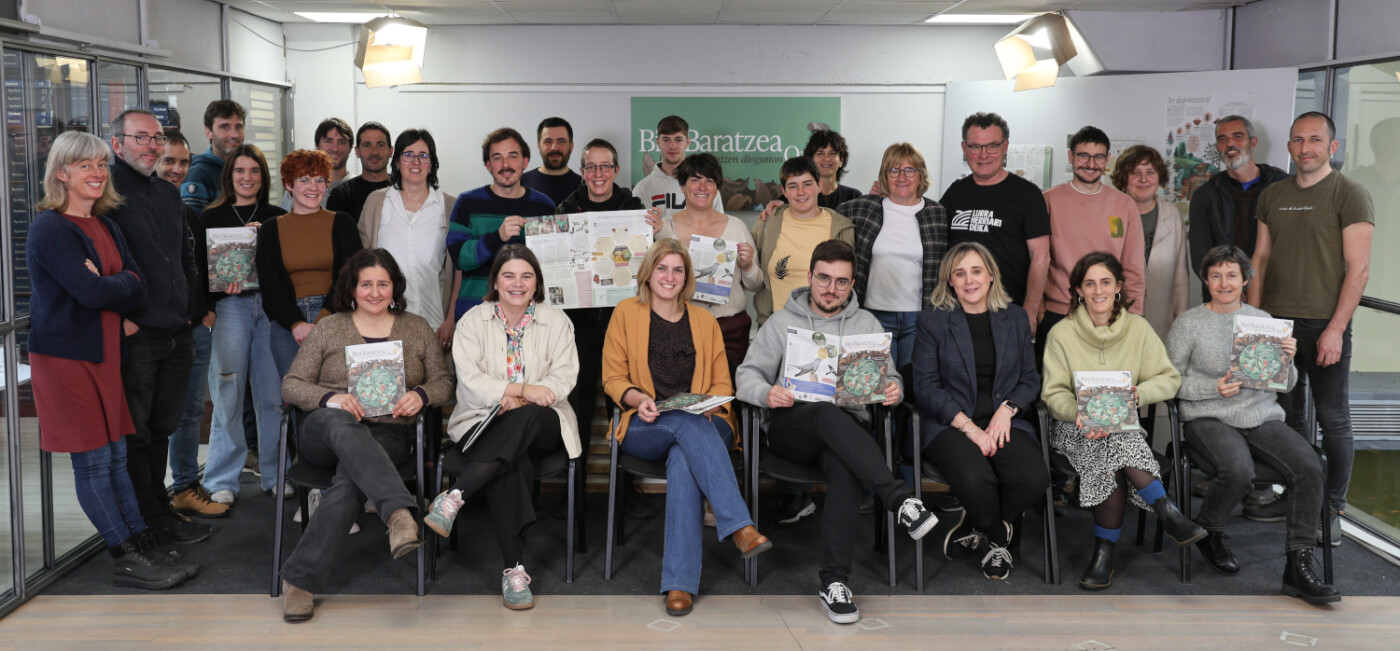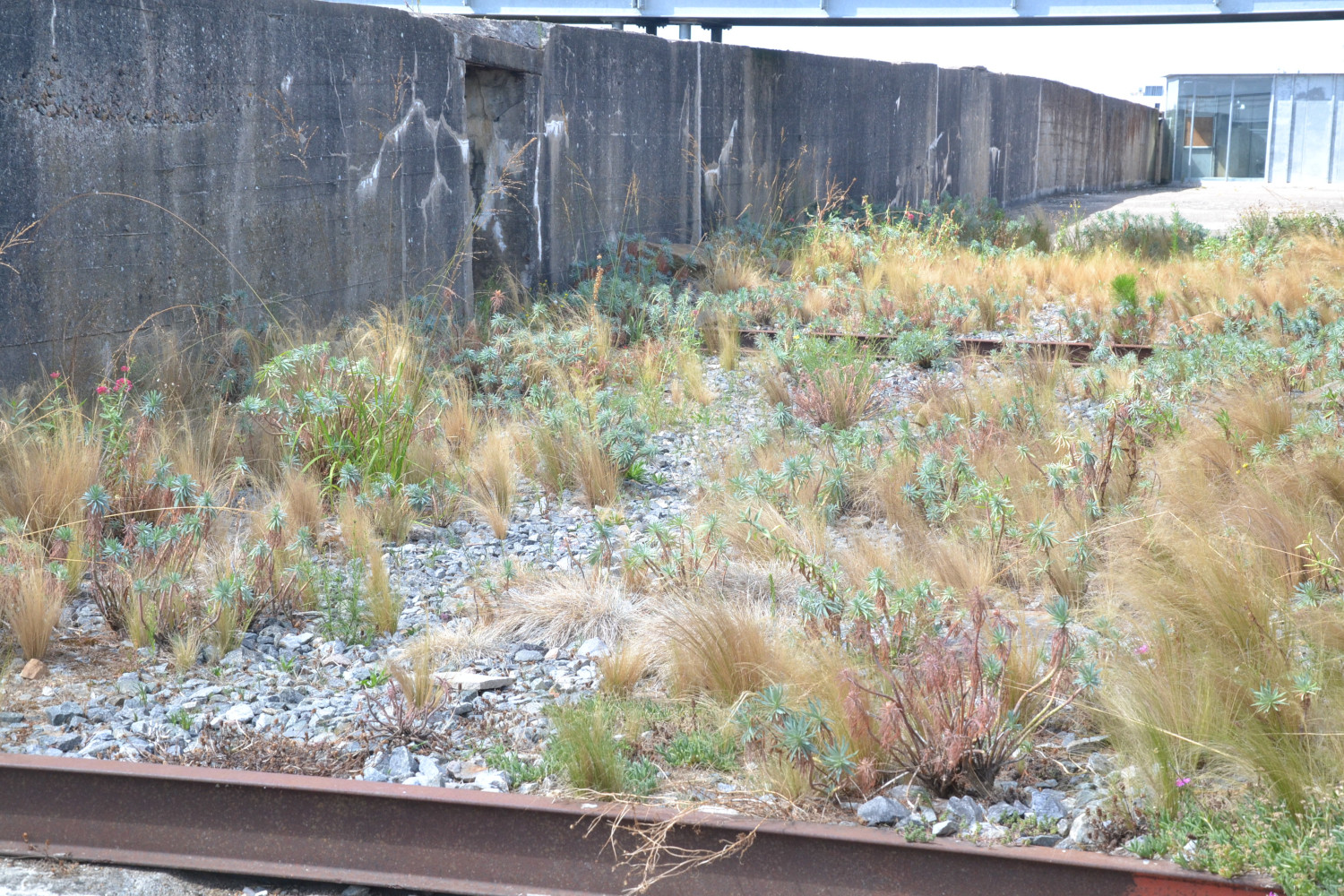57% of the pollution at Christmas is due to gifts
A study reveals that during this Christmas 6.3 million tonnes of CO2 will be produced in the French State, the main responsibility being to produce the gifts: %57. Among the gifts, the most polluting are electronic appliances and jewelry, by the extraction of metals and minerals, while books are the least polluting. More and more citizens have decided not to make gifts for ecological and stressful reasons.

The Christmas celebrations are a call to the door, children and many adults will enjoy a few days of holidays, but those intense days are also energetically “intensive”, as demonstrated by a study conducted by the French Eco-Transition Agency (Ademe).
Gifts are the most polluting. In particular, the agency estimates that 57% of the total carbon dioxide emitted, 3.6 million tonnes of CO2
Adem has updated a 2022 study among 1,254 citizens and the results are significant. In the French State, more than 6.3 million tonnes of CO2 will be produced through Christmas related activities such as food, travel, parties and gifts, among others.
Gifts are the most polluting. Specifically, the agency estimates that out of the total carbon dioxide emitted, 57%, 3.6 million tonnes of CO2 are derived. Next, the trip is the one that generates the most pollution, with 25%, followed by food, with 15%. Very far away are the lights and decorations for decoration (2%) and garbage (1%).
But not all gifts pollute equally, there are also many differences. Digital products and jewelry are the ones with the most carbon footprint left. In fact, although they only account for 4% of all gifts, they account for 30% of greenhouse gas emissions. Another of the most polluting gifts is clothing (30%), which is sold in large quantities and due to pollution.
Metals and rare earths in gifts
According to Clarisse Albertini in an article in the journal Reporterre, the reason why electronic and digital devices emit so much CO2 is that in order to make batteries, circuits and plates inside, metals, minerals and rare earths are needed, and to do so, material must be extracted and processed.
The reason why electronic and digital devices emit so much CO2 is that to make the batteries, circuits and plates inside you need metals, minerals and rare earths, for which you have to extract and process the material.
The same applies to jewelry: “Its production is mainly based on gold and other precious metals, whose extraction requires very energy-intensive mining processes, in many cases under uncontrolled environmental conditions,” explains Reporter.
On the contrary, books are among the least polluting products, with only 2%, although with them 75,000 tonnes of CO2 are also emitted.
Stress and emptiness
But Reporter has gone beyond the reflection on gifts. According to Albertini, buying gifts generates a "great mental load" that can become a source of distress for people.
This is based on a survey conducted by OpinionWay in which 59% of respondents answered questions to buy an “ideal” gift, while 54% were in a budget hurry and 38% were out of time. Moreover, according to the journalist, this trend has been increasing over the past ten years.
Because of the nature of gifts, they often end up in the trash. According to the Adem survey, 27% of the population acknowledges having received a gift they will never use.
On the other hand, because of the nature of gifts, they often end up in the trash. According to Adem's study, 27% of the population acknowledges having received a gift they will never use, which means at least 12 million gifts in the French State. Even worse, according to this survey, a million gifts end directly in the trash before being used.
Stop giving away?
That's the question the ecologist magazine asks at the end of the article. As Albertini explains, it seems to be an extreme measure, but more and more people make this decision: Don't make gifts to others at Christmas.
It seems an extreme measure, but more and more people are making this decision: Don't make gifts to others at Christmas.
Thus, a less material character, “real”, could be returned to Christmas, says the author: “In any case, it seems urgent to celebrate year-end festivities in a greener way – and without stress –”.
Lehengai anitzekin papera egitea dute urteroko erronka Tolosako Lanbide Heziketako Institutuko kimika industrialeko ikasleek: platano azalekin, orburuekin, lastoarekin, iratzearekin nahiz bakero zaharrekin egin dituzte probak azken urteotan. Aurtengoan, pilota eskoletan kiloka... [+]
Today’s Venice is built on an archipelago of 118 islands. These islands are connected by 455 bridges. The city is based on mud rather than Lura. Millions of trees in the area were cut down from the 9th century onwards to build piles and cement the city. Years have passed and... [+]




















